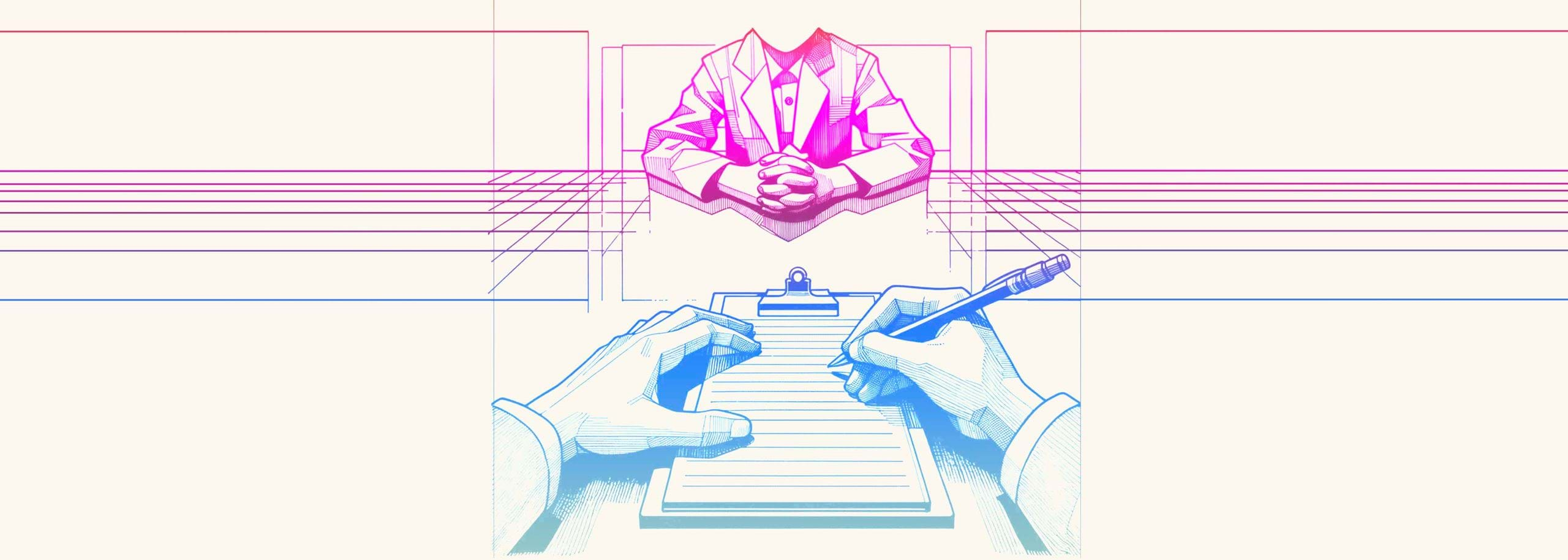



Techniques, Best Practices and Famous Interviewers
The interview is more than a conversation; it's a strategic dialogue that uncovers insights and crafts a compelling narrative. Here's a closer look at how you can perfect this art.
The Foundation of a Great Interview:
Research: Beyond Surface Level
Understand Your Subject: Know their background, opinions, achievements, and controversies.
Explore the Topic: Read widely about the subject you’ll be discussing. This will allow you to ask informed questions and follow up on interesting points.
Prepare Questions: While spontaneity is important, having a list of prepared questions helps guide the conversation.
Listening: An Active Engagement
React and Respond: Show that you're listening through your body language, nodding, and verbal affirmations.
Avoid Interruptions: Allow your interviewee to finish their thoughts before responding or moving to the next question.
Follow the Flow: If the interviewee brings up something unexpected but intriguing, be ready to follow that tangent.
Questioning: An Art unto Itself
Open-Ended Questions: Encourage detailed answers by asking how, why, or what.
Example:
Interviewer: "Can you describe the moment you realized you wanted to pursue this career?"
Interviewee: "It was during a summer vacation when I was 16. I had this profound experience while volunteering at a local community center, and that's when I knew I wanted to make a difference in people's lives."
Avoid Leading Questions:
Don’t influence the answer with the way you phrase your question.
Example:
Not Recommended:
"You felt devastated after the incident, didn’t you?"
Recommended:
"How did you feel after the incident?"
Interviewee: "It was a mix of emotions, but mostly, I felt overwhelmed and uncertain about the future."
Utilize Silence: Sometimes, giving a moment of silence after an answer will prompt the interviewee to elaborate further.
Example: Interviewer: "What was your motivation behind that decision?"
Interviewee: "At first, it was about proving myself... (pause) ...but as time went on, I realized it was more about personal growth and understanding my own potential."
Building Rapport:
Creating a Connection. Start with Small Talk: Breaking the ice can make the interviewee more comfortable.
Example:
Interviewer: "I heard you recently visited Italy. How was your trip?"
Interviewee: "Oh, it was fantastic! The food, the culture, the history—it was all so enriching. It gave me a fresh perspective on things."
Empathize:
Show understanding and compassion where appropriate.
Example:
Interviewee: "During that phase, I faced a lot of backlash and criticism."
Interviewer: "That must have been incredibly challenging for you, especially when you were putting in so much effort and passion."
Be Respectful:
Respect differing opinions and create a judgment-free zone.
Example:
Interviewee: "I believe that traditional methods still have value in our digital age."
Interviewer: "That's an interesting perspective. Can you elaborate on why you feel that way?"
Lessons from the Masters: What We Can Learn
From Terry Gross's empathy to Marc Maron's conversational approach and Larry King's directness, each of these renowned interviewers brought unique techniques to the table, providing inspiration for future generations of interviewers.
Tools for the Modern Interviewer
Modern technology, like Hindenburg, has streamlined the process, allowing even novices to create polished, professional-sounding interviews.
Conclusion: A Dance of Words
Mastering the art of interviewing takes practice, insight, and a willingness to learn from both successes and failures. By studying the techniques of skilled interviewers, embracing new tools, and continually refining your approach, you can transform a simple conversation into a rich and engaging story. Whether interviewing a celebrity, an expert, or the person next door, the art of interviewing stands as a testament to the power of connection, curiosity, and storytelling.